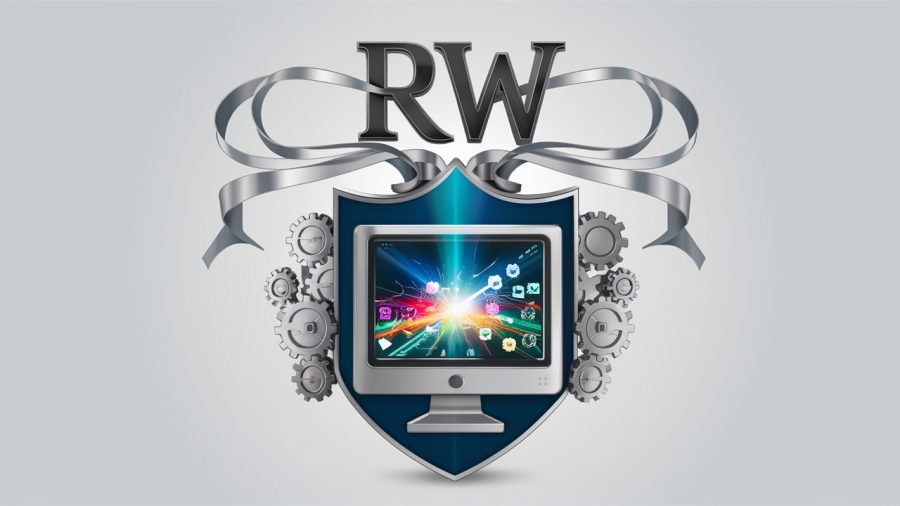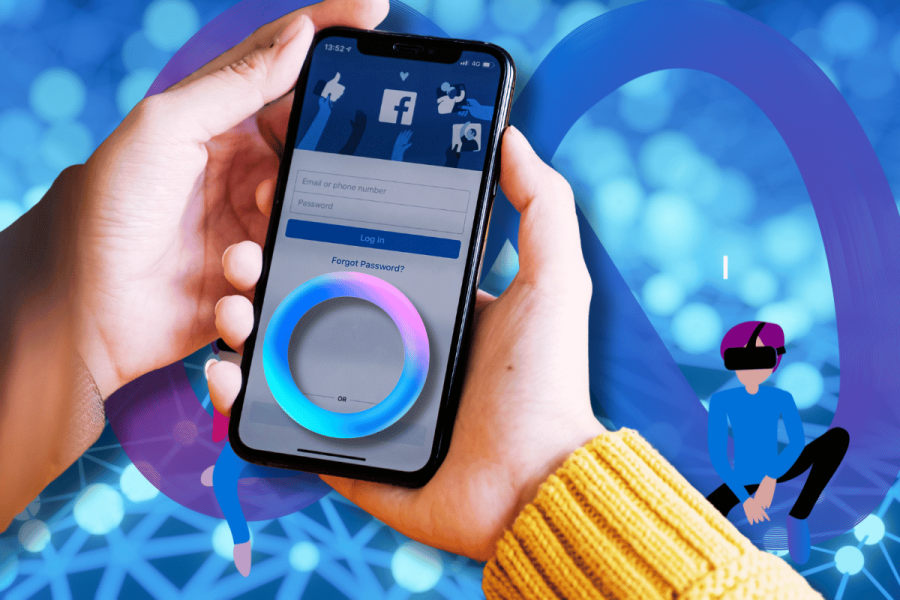Digital activism is defined by the newly launched Meta-Activism Project as “the practice of using digital technology for political and social change.” One of the leaders in the field of digital activism is Mary Joyce, the founder and executive director of the Meta-Activism Project. Joyce is among the most knowledgeable and experienced digital activists in the world. She also founded DigiActive.org in 2007, a volunteer organization for grassroots activists. In 2008, she was New Media Operations Manager for Barack Obama’s presidential campaign.

As a lead-up to the upcoming event in New York City with Chinese digital activist Ai Weiwei, Twitter co-founder Jack Dorsey and yours truly, I interviewed Mary Joyce about the strategies and success stories of digital activism.
RWW: You recently moved on from DigiActive in order to create a new organization for digital activism. Can you tell us more about what that will be?
MJ: The new organization is called the Meta-Activism Project (MAP) and its goal is to build the field of digital activism by catalyzing a body of strategic knowledge unique to the field. Today’s digital activist is in an untenable position: caught between the 100-ton rock of pre-digital strategy and the thousand slippery pebbles of highly-contextual tactical knowledge that focuses on a seemingly endless stream of new social media applications. We want to build a new body of activism strategy that recognizes the radically different communications infrastructure of the digitally networked world.
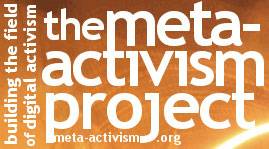
I am really excited to announce the official launch of the Meta-Activism Project on ReadWriteWeb! The site – http://meta-activism.org – went live at the end of last week and, though it is pretty bare now, we’d like it to be a central location for people interested in building a body of knowledge about the fundamental mechanics of digital activism.
RWW: We’ve heard a lot about Twitter being used in Iran last year, and the subsequent blocking of social media services like Twitter and Facebook in China. What other countries have social media tools had a big impact in, for digital activism?
MJ: Judging impact is quite tricky in the field of digital activism, as few cases of digital activism are actual successes. Usually we judge the success of an activism campaign by whether the activists achieved their campaign goal. However, in almost all of the famous cases of digital activism “success” – the post-election mobilizations in Iran and Moldova in 2009 or the 2008 general strike in Egypt – while activists did successfully mobilize using social media, they did not achieve their campaign goal, be it to overturn an allegedly fraudulent election result or the wide range of social and political reforms demanded by the strike organizers.
Mary doing digital activism training at Video Camp Goa
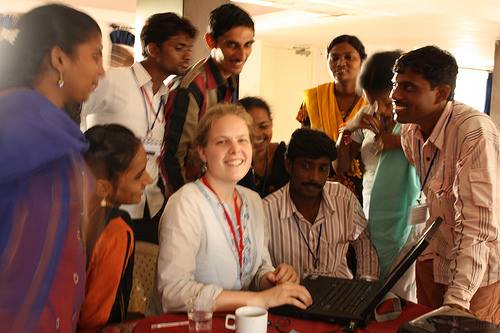
The measuring of impact thus becomes extremely subjective. Digital activism proponents want to count mobilization as success even when the goal is not achieved, while skeptics and pessimists point out that, by traditional measures, most digital activism campaigns are failures. Though I am certainly a proponent of digital activism, I would actually side with the skeptics here. In order to really push the field forward, we need to set high standards for digital activism success and not be satisfied with half-measures.
RWW: Facebook and Twitter are the two most high profile social media tools being used for digital activism. Are there any other Internet tools that have had success, that perhaps people aren’t as aware of?
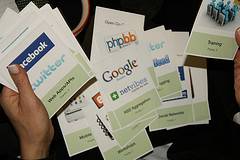
MJ: I could tell you, but that tool would probably become outdated in a few months, or would prove useless out of its original context. That’s the problem with tactical knowledge: tools change, contexts change, and activists are forever playing catch-up.
Probably the greatest factor which determines the utility of an application to activists is scale and “use neutrality.” Scale means that the tool needs to reach a certain critical mass of users before you will have the network effects that will either make it likely that activists will become aware of it (in the case of something like Tor or proxy servers) or, in the case of social platforms, that enough people will be on the platform to constitute a meaningful audience for an activist message. “Use neutrality” means that it can be easily co opted, that its architecture can facilitate a wide variety of interactions and does not dictate the content of hosted files. YouTube, Facebook, Twitter, and Blogger are use neutral, LastFM and Bloglines are not.
Mary at the Women’s Leadership and Technology Conference, Sharjah, UAE
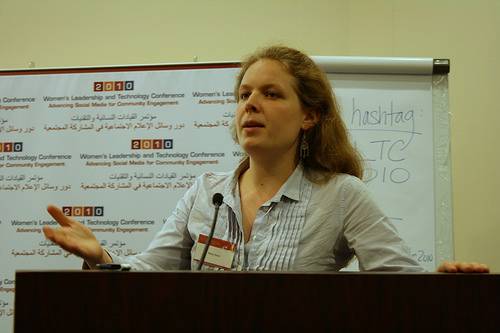
RWW: Over the past year or so, can you describe a couple of success stories for digital activism using web tools.
MJ: Ha! More about measuring success. With the lack of true success, it is no wonder that people are so eager for these stories. I think the traditionally-defined successes in this field (i.e. when the campaign goal is achieved) are much smaller and less dramatic – NGO meets fundraising goal through online donations (multiple cases), bloggers get a corporation to withdraw an offensive advertisement (e.g. Motrin), a social network lifts a questionable national block (e.g. LinkedIn in Syria).
In the high-stakes activism campaigns that intend to make dramatic changes at the national and international level, I would say that we have cases of successful mobilization – Iran, Moldova, Egypt – without successful campaigns.
RWW: In terms of China, a lot has been written about the censorship there – both the Great Firewall that blocks certain sites and domains, and the self-censorship that many companies have to do in order to survive. Currently Google is trying to challenge censorship, but we’re not sure how successful even a hugely influential company like Google will be. So what, if anything, can ordinary people do in terms of digital activism to support the freeing up of the Chinese Internet?
MJ: I am not an expert on China, but it seems like the best strategy for defeating the Great Firewall is to make it obsolete: create so many ways of getting around it that it no longer successfully censors Chinese Internet users. This means both creating new circumvention tools – more Psiphons, proxies, Tors, FreeGates – and finding new and innovative ways to get those tools to Chinese users.
RWW: Thanks Mary for this illuminating interview. We at ReadWriteWeb wish you the best with the newly launched Meta-Activism Project!






